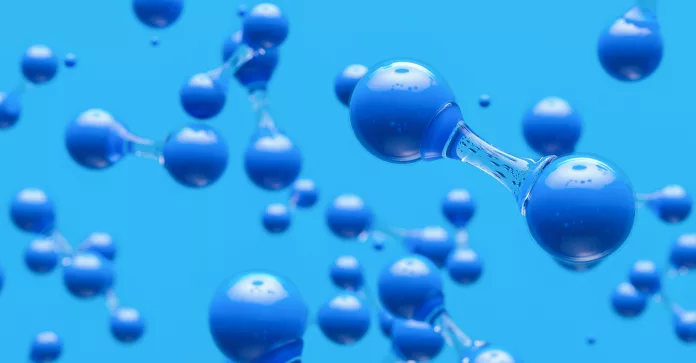The Cost Dilemma of Green Hydrogen in Europe
European nations are eagerly investing in the development of green hydrogen as an alternative to Russian natural gas, recognizing its potential for a cleaner industry and energy independence. However, the ambitious target for green hydrogen production by 2030 is becoming an elusive dream, with industry experts signaling that even with subsidies, green hydrogen remains prohibitively expensive. As the continent struggles with cost competitiveness, Ukraine might possess the key to unlock this challenge – if only the conflict with Russia could be overcome.
The journey of green hydrogen in Europe has revealed a series of shifting realities. From promising beginnings, exemplified by Mitsubishi‘s development of a massive electrolyzer facility in the Netherlands and Hungary’s MOL Group launching a significant electrolysis system, optimism was rife. With these advances, the prospect of mitigating carbon emissions sat on the horizon. Yet, critical voices within the industry, including Fortescue and steel titan ArcelorMittal, have raised flags about the steep costs hindering the sustainable production and use of green hydrogen in European markets.
Reflecting this sentiment, leaders from companies like ENGIE have expressed concerns regarding the regulatory and economic barriers and the sizable challenge of scaling up electrolyzer technology. Collectively, these barriers signal a likely shortfall in achieving the EU’s goal of 40 gigawatts of electrolytic capacity by the dawn of the next decade.
Europe’s Continued Struggle with Russian Energy
Despite the push for renewable alternatives, Europe’s disentanglement from Russian energy sources has hit turbulent waters. The continent’s quest for independence is met with fierce competition from Russia, which has pivoted its gas deliveries by exploiting LNG markets and offering enticing discounts. This strategic move is further complicated by the complexities of EU legal frameworks and the reluctance of top importers like Spain and Belgium to enforce unilateral prohibitions on Russian LNG carriers.
Ukraine’s Potential as a Green Hydrogen Exporter
The path to decarbonization may fork in various directions, one of which leads to innovative solutions such as Direct Reduced Iron processed with green hydrogen. Europe has not given up on the idea of importing greener options to achieve its environmental goals. Nations like Namibia, Mauritania, and India have emerged as prospective suppliers of green energy and technology.
Siting on the EU’s doorstep is Ukraine, a nation endowed with substantial wind and solar resources that could serve the green hydrogen needs of Europe. Despite the shadow of the ongoing conflict, Ukraine has been actively charting out strategies for a collaborative hydrogen network with European allies, underpinning a vision for a resilient and decentralized power grid. Germany’s National Hydrogen Council is a vocal advocate for this transnational green energy partnership.
Ukraine’s Bid for a Renewable Energy Revolution
The collective efforts between Ukraine and the rest of Europe receive a significant boost from organizations like Razom We Stand. The group argues for a decisive rejection of Russian fossil fuels in favor of empowering Ukraine’s renewable energy transformation – a vision they see as critical not just for ecological reasons but also for national security and peace. By forsaking the fuels that bankroll conflict, global leaders are presented with a historical opportunity to endorse Ukraine’s leap towards a sustainable future.
Razom’s advocates assert the potential economic and environmental impacts of replacing Russian energy imports with Ukrainian renewable electricity. The latter, if realized, could act as a global example for post-conflict reconstruction based on renewable energy paradigms. The future role of green hydrogen in Ukraine’s recovery is intertwined with factors such as the cost of electrolyzer systems and renewable power, mirroring the broader European challenges. Nevertheless, international support continues to build, as evidenced by US policy developments and aid packages aimed at Ukraine’s recovery.

























